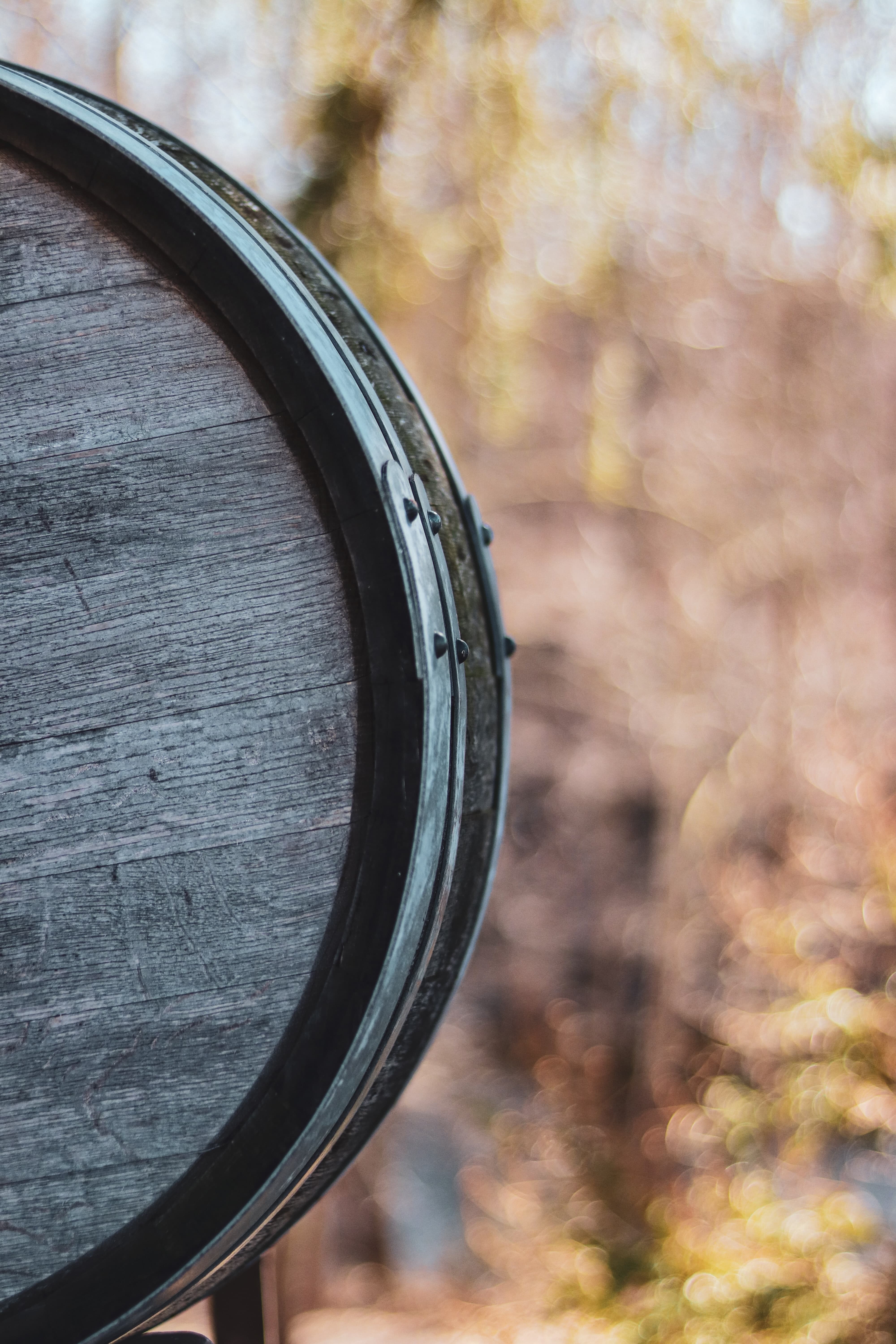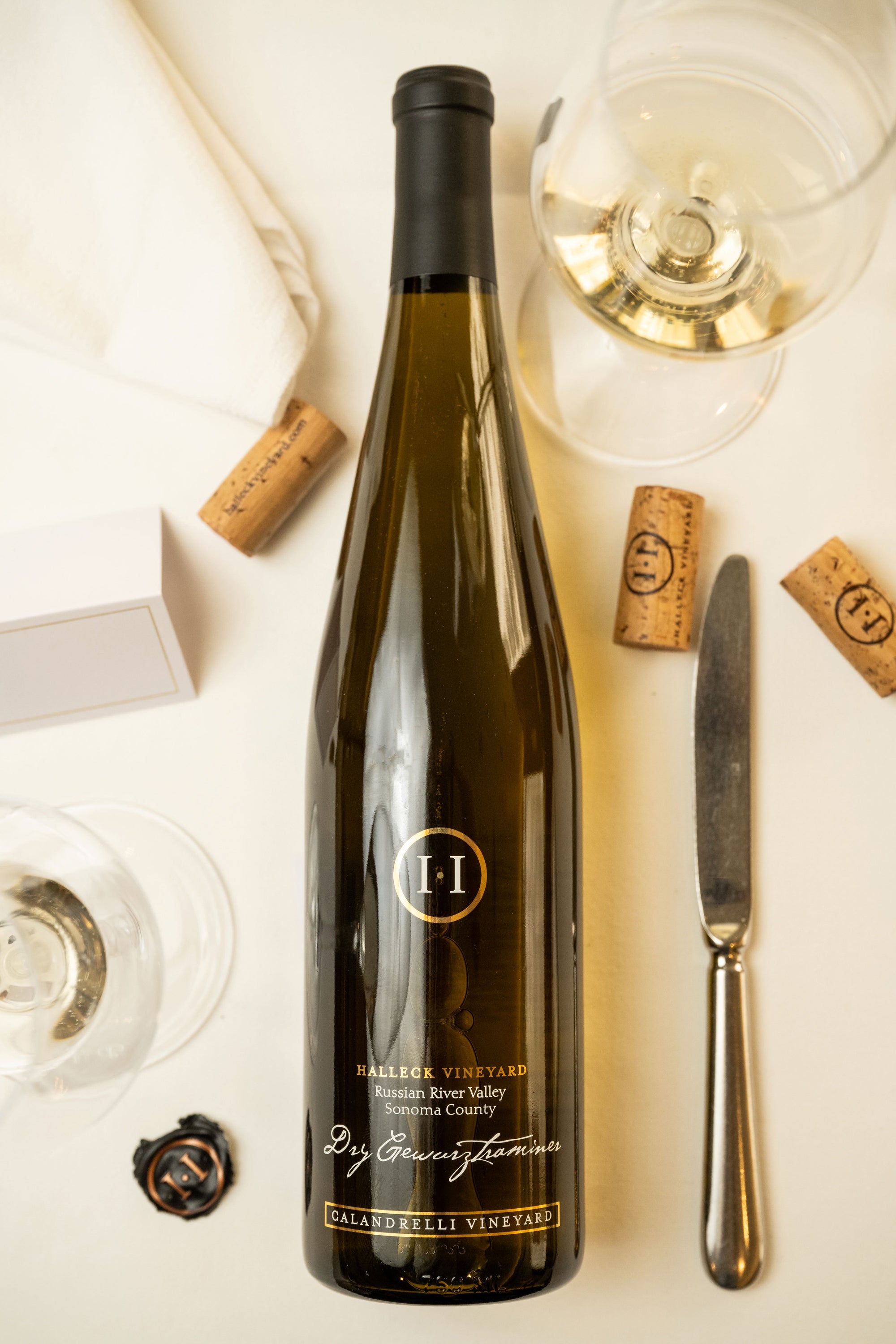Wineries With Unique Gamay Wines - Sonoma's Hidden Winery Gems
Wineries With Unique Gamay Wines - Sonoma's Hidden Winery Gems
Blog Article
Small Batch Wineries In Sonoma Valley - Wine Tasting Experiences In Sebastopol
Wine tasting is an art that requires practice and an understanding of various aspects concerned within the process. One crucial component of wine tasting is the event and interpretation of tasting notes, which serve as a guide for both novices and seasoned connoisseurs. A Guide To Understanding Winery Wine Tasting Notes can improve your wine-tasting experience, making it extra significant and pleasant.

Tasting notes are concise descriptions that seize the essence of a wine’s flavors, aromas, and overall character. Often composed by professional tasters, winery tasting notes provide insights into the nuances of various wines. They might help wine enthusiasts perceive what to expect from a specific bottle. Nonetheless, tasting notes can vary extensively in style and element primarily based on the writer's experience and palate.
Wineries Specializing In Sparkling Wines - Wineries With Stunning Views In Sonoma
When you first method a glass of wine, your senses will start to interact right away. The sight, scent, and taste of the wine will converge to provide you an entire experience. Tasting notes generally start with the visual evaluation, where the colour of the wine is taken into consideration. Color plays a significant position in indicating the wine’s age, grape variety, and even its flavor profile.
After assessing the visual side, the next step involves swirling the wine within the glass. This action aerates the wine, permitting its aromas to awaken. Smelling the wine offers important perception into its complexity. The preliminary sniff can deliver a flood of scents that will include fruity, floral, natural, or earthy notes. This is commonly the most subjective part of tasting, as particular person experiences can dramatically differ.
In winery tasting notes, descriptors are sometimes categorized into major, secondary, and tertiary aromas. Main aromas usually stem from the grape selection, secondary aromas derive from fermentation processes, and tertiary aromas arise from growing older. Understanding these categories may help you appreciate the depth of a wine, and so they also provide the vocabulary to precise your experience higher.
Unique Wine And Food Pairings In Sonoma - A Guide To Sonoma Wineries
Following the olfactory encounter, your focus will shift to the taste of the wine. This is where the first characteristics—sweetness, acidity, tannins, alcohol—come into play. Tasting notes typically element these flavors in multiple dimensions, together with the preliminary assault in your palate to the lingering end in your tongue. A high-quality wine will current a harmonious balance between these factors.
While tasting, it's important to contemplate the body of the wine, which may be described as light, medium, or full. The body contributes considerably to your overall impression, helping you contemplate how the wine pairs with food or whether or not it stands alone as a sipping wine. Balancing the body with the other traits provides you with a fuller understanding of what the wine has to supply.
The end of the wine, also known as the aftertaste, is one other crucial facet typically included in tasting notes. A lengthy, nice end usually signifies a better quality wine, whereas a brief or cloying aftertaste may recommend in any other case. Evaluating the finish can supply further perception into the wine's complexity and distinction.
Understanding the context of winery tasting notes can additionally be priceless. Tasting notes can present contextual information about the winery's location, climate, and grape-growing practices. This context provides one other layer of appreciation for the wine, allowing enthusiasts to attach the sensory experience with its origins, thus enhancing the enjoyment additional.
Beautiful Picnic Areas At Sonoma Wineries - Family-Owned Wineries In Sonoma
Many wineries provide tasting notes on their websites or labels, often written in an approachable but informative style. Nonetheless, not all winery tasting notes are created equal. Some may be overly technical, while others might prioritize advertising flair over insightful analysis. Learning to navigate these notes can arm you with the information to make informed choices when deciding on wines.
Taking Part in tastings at wineries also can deepen your understanding of wine tasting notes. Interacting with knowledgeable workers can provide you a extra hands-on approach to exploring different wines and the language used to explain them. Wineries Known For Their Hospitality. You May have the chance to ask questions, interact in discussions, and probably refine your palate in real time.
Experimentation is essential for mastering wine tasting notes. As you sample totally different wines, strive making your own notes. Focus on describing the wine’s shade, aroma, taste, and end. Over time, you’ll develop a personal vocabulary that resonates together with your sensory experiences. Every note you create will help refine your palate, permitting you to understand wines at a deeper degree.
Affordable Wine Tastings In Sonoma County - Explore Sebastopol Area Vineyards
In conclusion, a Guide To Understanding Winery Wine Tasting Notes provides a comprehensive framework for diving into the world of wines. It equips you with the strategies and language necessary to articulate your experiences. Whether you are a casual drinker or a dedicated aficionado, understanding and utilizing tasting notes can profoundly impression your wine journey. This data not solely enhances your enjoyment but additionally connects you deeply with the rich narratives every bottle tells. By embracing this journey, you become part of the attractive mosaic of wine tradition, the place every sip unveils a new story waiting to be found.
- Wine tasting notes sometimes embody a big selection of sensory descriptions, including aroma, flavor, acidity, physique, and finish, permitting tasters to fully recognize the wine's traits.
- To improve your understanding, familiarize your self with widespread wine terminology corresponding to "tannins," "oakiness," or "terroir," which might help decipher the notes more successfully.
- A systematic approach to tasting involves first visually assessing the wine's shade and clarity, adopted by swirling to launch aromas, then inhaling and describing what you experience.
- Taking notes during tasting might help identify patterns over time, improving your palate and making it simpler to recall preferences for future selections.
- Don't overlook the affect of food pairings; tasting notes can differ tremendously when a wine is enjoyed with complementary flavors, altering notion and delight.
- Pay consideration to the wine’s vintage, as climatic conditions in a given 12 months can significantly affect the final product, including another layer to the tasting notes.
- Consider the winemaker's style and philosophy, which can form the wine's profile and impression how its notes evolve with each sip.
- Training with different grape varieties can broaden your vocabulary; each type brings distinctive traits that may improve your capacity to articulate tasting notes effectively.
- Engaging with wine professionals or attending tasting events can provide valuable insights, offering a richer context for understanding personal tasting notes.
- Bear In Mind that tasting is subjective; individual preferences and experiences will form one’s interpretation of the same wine, enriching the overall enjoyment of wine exploration.
What are wine tasting notes?
Wine tasting notes are descriptive feedback made by tasters about the look, aroma, taste, and end of a wine. They present an summary of the wine's traits and might help customers perceive the style and high quality of the wine.
Wineries Ideal For Romantic Getaways - Wineries Near Sebastopol For Tasting
Why are tasting notes important when deciding on wine?
Tasting notes can guide you in choosing a wine that fits your palate. They provide insights into flavors and aromas, helping you to match wines with food or occasions. Understanding these notes enhances your total wine experience.
How should I read wine tasting notes?
(Wineries use this link With Locally Sourced Food Options)
Cultural Wine Experiences In Sonoma County - Tasting Fine Wines In Sonoma County

When reading wine tasting notes, pay attention to the construction: look for descriptions of colour, aroma, flavor, and end. This will help you grasp the wine's profile and decide if it aligns with your preferences.
What terms generally seem in wine tasting notes?
Common phrases embody "tannin" (the structure), "acidity" (the crispness), "body" (the weight), and numerous flavor descriptors like "fruity," "earthy," or "spicy." Familiarizing your self with these terms can deepen your understanding of wine.
Historical Wineries To Visit In Sonoma - A Guide To Sonoma Wineries

Can I create my own tasting notes?
Yes! Writing your own tasting notes can enhance your wine tasting experience. Focus on your observations of style, aroma, and different sensory traits. This personal practice might help you refine your palate over time.
How do I determine the aromas in wine tasting notes?
Best Pinot Noir Wineries In Sebastopol - The Beauty Of Sebastopol Wineries
To establish aromas, practice smelling a big selection of scents and associating them with wines. Swirl the wine in your glass to release its aromas, then take a second to breathe in deeply earlier than figuring out any distinguished scents.

What is the distinction between professional and personal wine tasting notes?
Professional tasting notes could use more technical language and specific terminology, whereas personal tasting notes are subjective and reflect particular person experiences. Both are valuable for understanding and having fun with wine, however personal notes could resonate more together with your distinctive tastes.
How can tasting notes improve my wine appreciation?
Hidden Gem Wineries In Sonoma County - Family-Owned Wineries In Sonoma
Tasting notes can improve your appreciation by serving to you to grasp and articulate the complexities of wine. They encourage conscious tasting and supply a framework for comparing completely different wines, resulting in a richer enjoyment of the beverage.
Are there any apps or instruments to help with wine tasting notes?
Yes, there are several apps designed to assist customers report directory and arrange their tasting notes. These tools often offer options like flavor wheel guides and wine database searches, making it simpler to trace your journey via totally different wines. Report this page